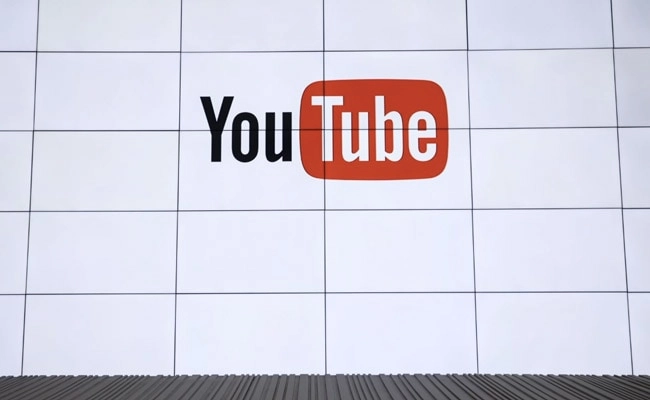Australia has recently expanded its social media ban aimed at protecting children by including YouTube in the list of prohibited platforms. This decision reflects the government’s ongoing commitment to safeguard young users from potential online threats and harmful content. With the rise of digital media consumption among children, concerns have been mounting regarding the impact of unsupervised access to platforms that host a wide range of user-generated content. The addition of YouTube to this ban underscores the urgency felt by policymakers to address these issues more comprehensively.
The rationale behind including YouTube in the ban stems from the platform’s vast library of videos, which, while often entertaining and educational, can also expose children to inappropriate material. Content creators on YouTube can upload videos that may not always adhere to strict guidelines, leading to instances where children might encounter violent, explicit, or misleading content. By implementing this ban, the Australian government aims to create a safer online environment for minors, ensuring that they are shielded from such risks as they navigate the digital landscape.
This move has sparked a variety of reactions from parents, educators, and child advocacy groups. Many parents express relief, appreciating the government’s proactive stance in shielding children from potentially harmful online experiences. Educators, too, have weighed in, recognizing the need for balanced digital literacy programs that can equip children with the skills to navigate online platforms responsibly. However, some critics argue that outright bans may not be the most effective solution and that education and parental guidance should play a more significant role in teaching children about safe online practices.
In light of these discussions, there is a growing call for a comprehensive strategy that combines regulation with education. As the digital world continues to evolve, it is crucial for policymakers to adapt their approaches to ensure that children can enjoy the benefits of technology while minimizing potential harms. The Australian government’s decision to add YouTube to its social media ban thus represents a pivotal moment in the ongoing dialogue about child safety in the digital age, highlighting the need for a multifaceted approach to protecting young users online.




